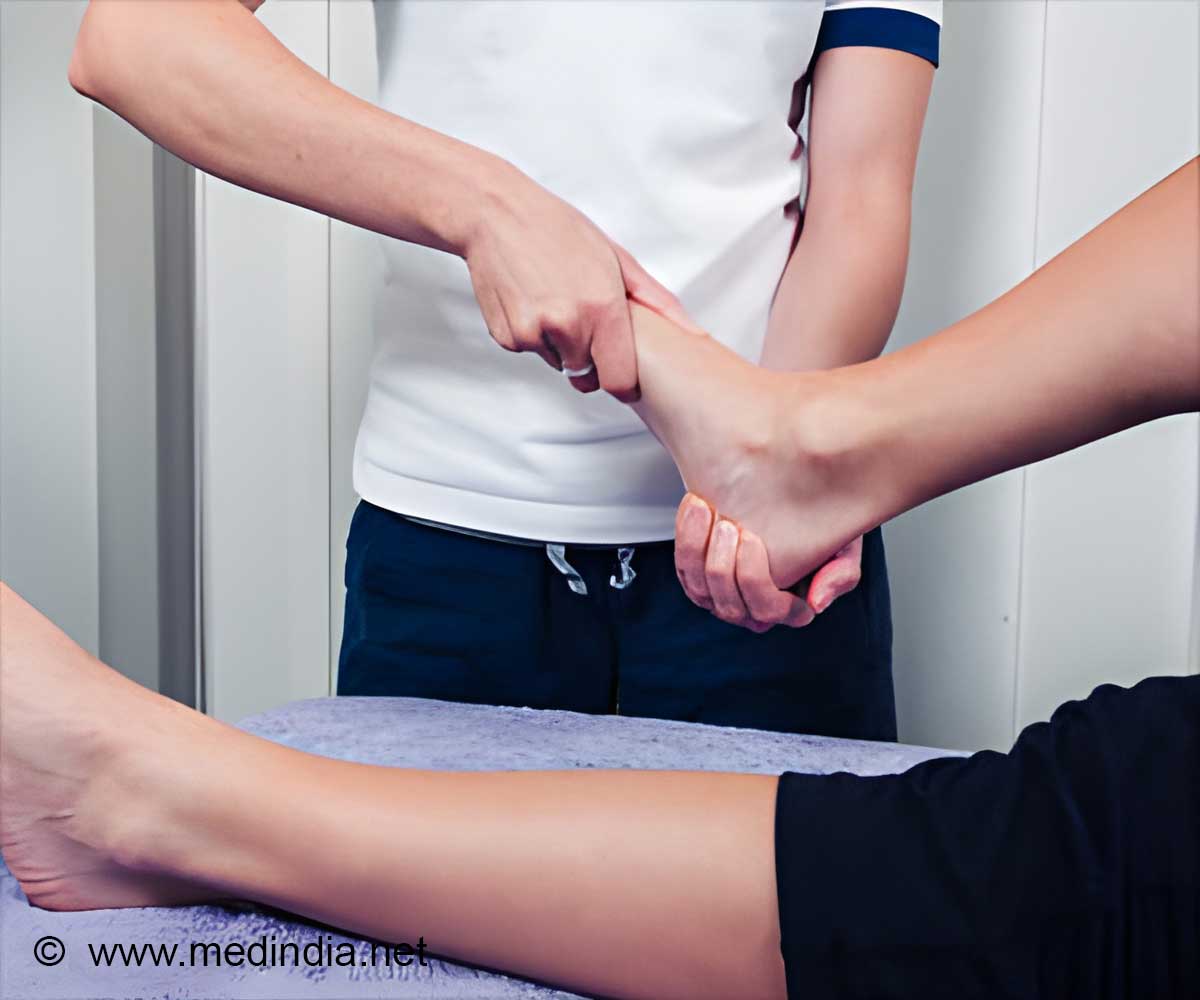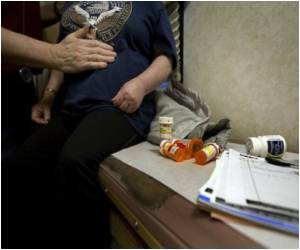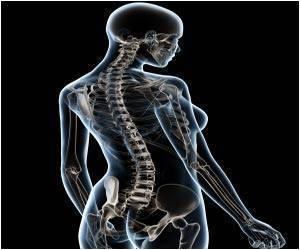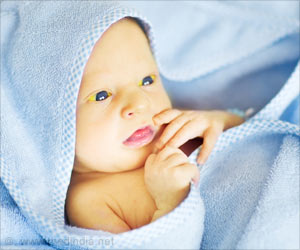Mrs. Togliatti had spinal stenosis, a narrowing of the space inside her spine that caused pressure on her nerves.

Mrs. Togliatti had lived with the pain for years. When it became so bad she needed a cane in the morning, she made an appointment with Loyola University Medical Center spine surgeon Bartosz Wojewnik, MD. Taking a conservative approach, Dr. Wojewnik prescribed physical therapy, pain medications and epidural steroid injections. After those treatments failed to provide more than temporary pain relief, Dr. Wojewnik performed a two-part surgery consisting of a spinal decompression and fusion.
“When I woke up from the surgery, my leg pain was completely gone,” Mrs. Togliatti said. “It was like a miracle.” Mrs. Togliatti’s condition was due to arthritis, the most common cause of spinal stenosis. Cartilage covering vertebral joints wore away, and new bone grew around the joints. This bone overgrowth, called spurs, narrowed the space surrounding the nerves. Enlarged ligaments due to chronic inflammation also lessened the space for nerves.
To decompress the nerves, Dr. Wojewnik removed boney spurs. This provided immediate pain relief. The arthritis also caused instability in the spine. Vertebrae were moving more than they naturally would, contributing to compression. To ensure the pain relief would be long-lasting, Dr. Wojewnik stabilized the spine by fusing together two vertebrae with rods and screws.
Spine surgery can be successful when done for the right reasons, Dr. Wojewnik said. “If, after trying everything else, you do the right procedure on the right patient at the right time, you can provide great results and make patients very happy.”
Mrs. Togliatti is among those happy patients. “Dr. Wojewnik gave me back my quality of life,” she said.
 MEDINDIA
MEDINDIA




 Email
Email










